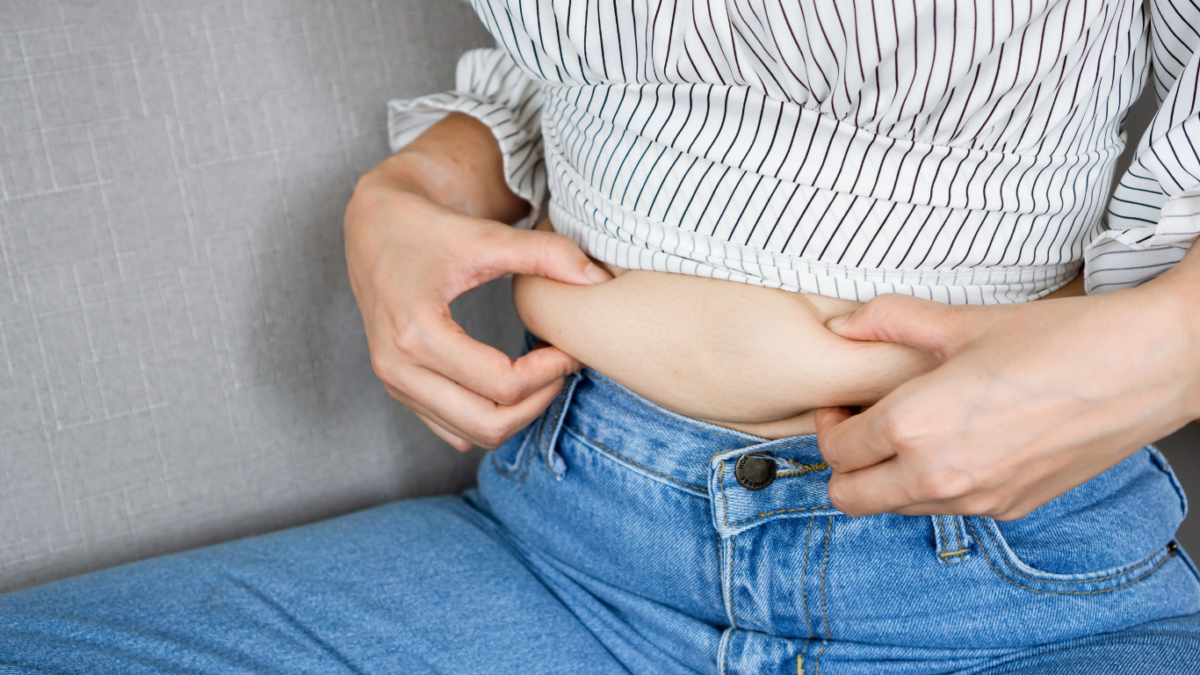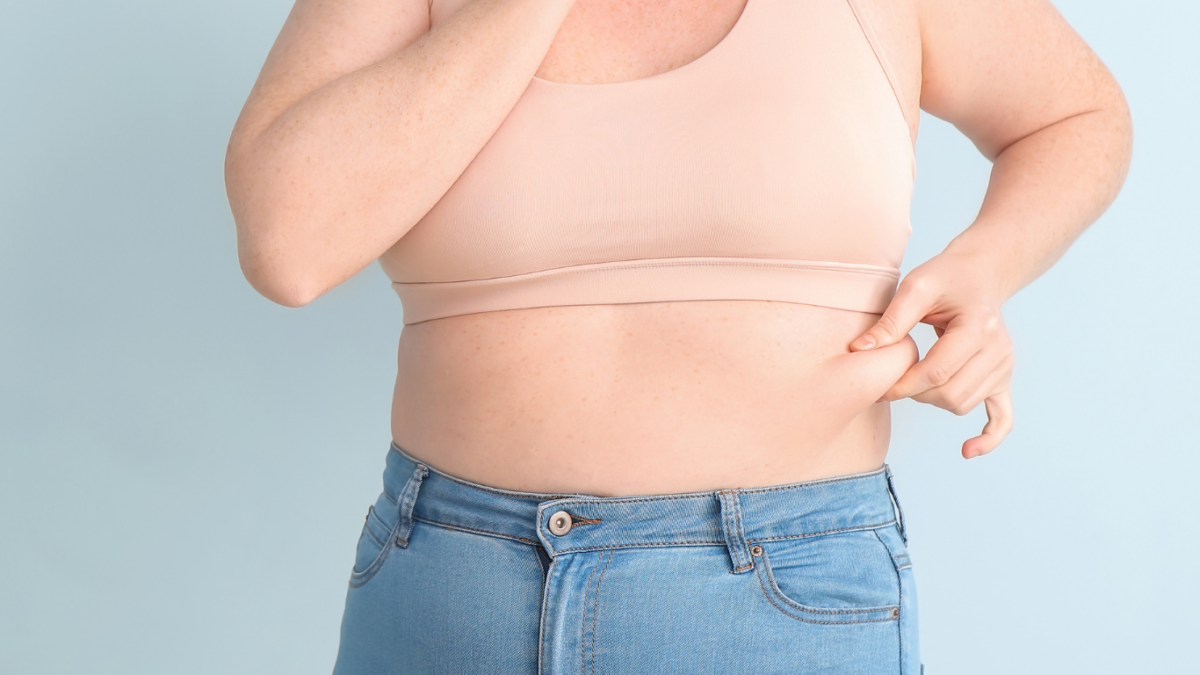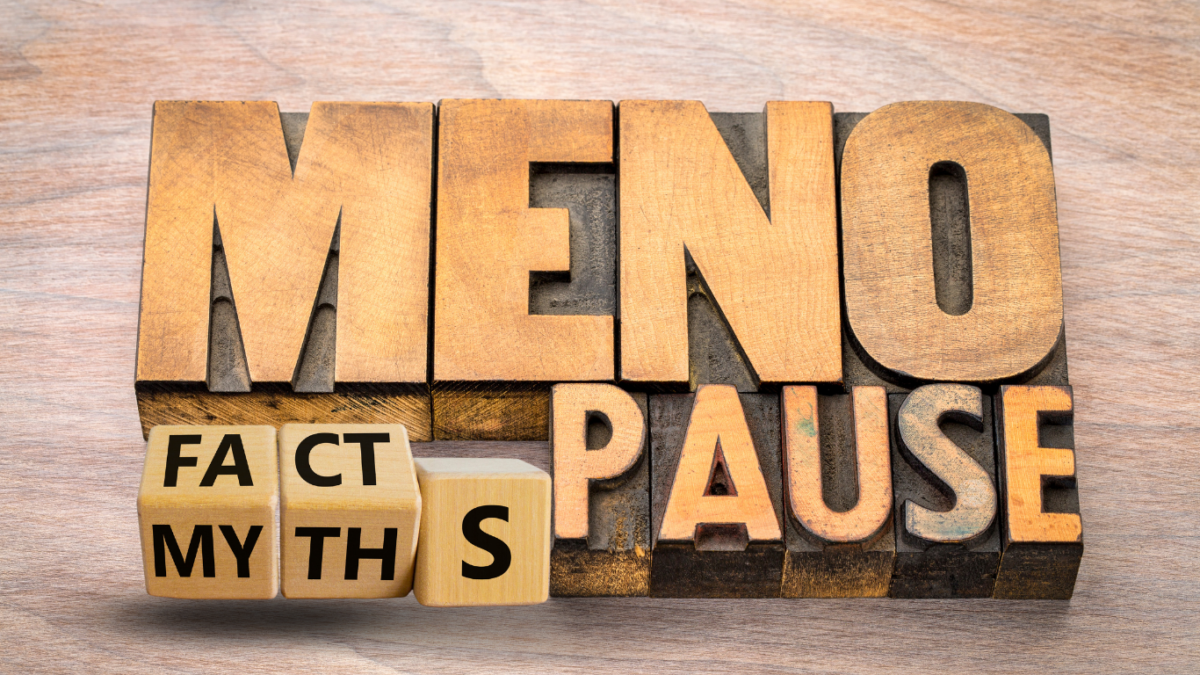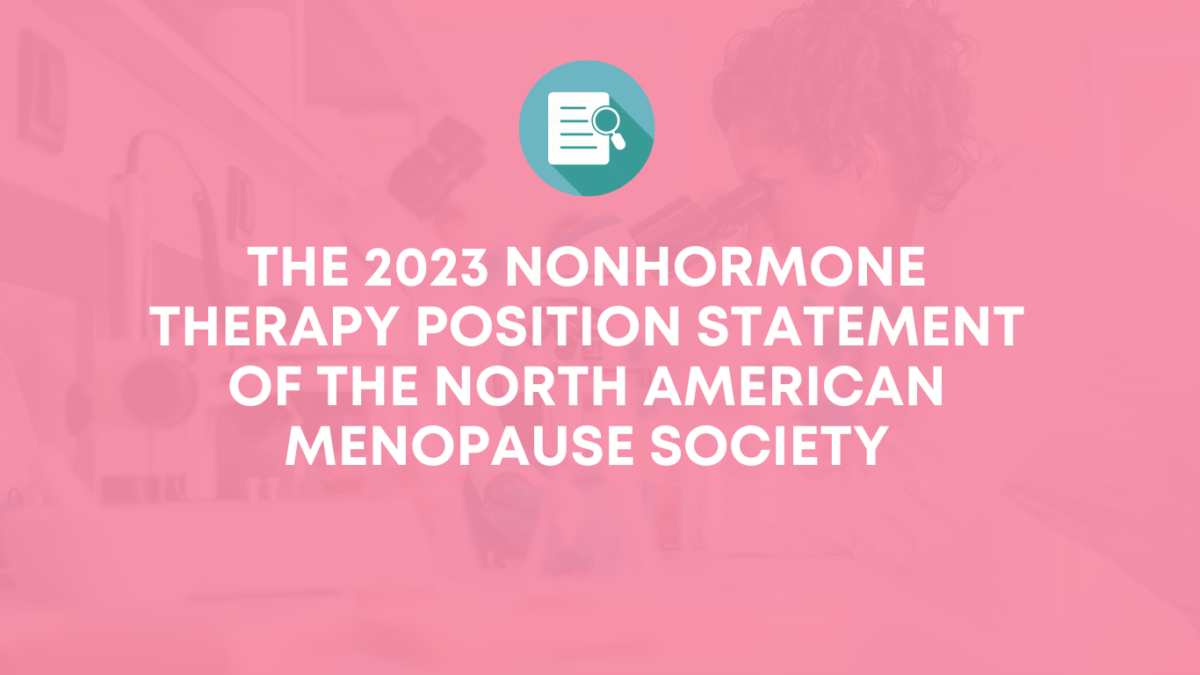Bone Health during the Menopause Stage
For many, menopause can feel like an intricate maze of physical and emotional changes. One navigational challenge that demands attention is the precarious decline in bone health. Research, unsettling as it might be, reveals a daunting acceleration of bone loss during menopause, with osteoporosis becoming a potential unwanted companion. In fact, a concerning 20% of bone loss can manifest during these pivotal stages, recent data from the International Osteoporosis Foundation highlights that 1 in 3 women (and 1 in 5 men) over 50 will endure osteoporotic fractures during their lives. Essentially, one fracture often signals the onset of more.
The implications? One in three postmenopausal women will eventually confront osteoporosis. More alarming is the prospect of fractures, which invariably lead to pain, decreased mobility, and a discernible dip in quality of life. Moreover, fractures carry with them a more ominous potential: a notable increase in mortality.
This isn’t a narrative of inevitable decline. On the contrary, data suggests that with timely intervention, older women can respond remarkably well to osteoporosis treatments. The objective becomes clear: strategically mitigate fractures and foster sustained bone health.
Diving deeper into the mechanics, osteoporosis, characterized by its literal translation “porous bones”, is chiefly propelled by menopause. Hormonal fluctuations, especially in estrogen levels, are intrinsic to the menopausal journey. Estrogen plays a pivotal role in curbing bone degeneration. As menopause ensues, and estrogen levels see a marked decrease, bone loss correspondingly intensifies.
Further down the hormonal spectrum is estradiol, a specific estrogen variant. As women transition through menopause, estradiol production wanes, often culminating in halted menstrual cycles. This hormonal shift can usher in a suite of familiar menopausal symptoms: mood fluctuations, vaginal dryness, hot flashes, and night sweats. In the long arc, diminished estradiol levels lay the groundwork for osteoporosis.
Finally, no discourse on bone health is complete without acknowledging the linchpins of bone vitality: Vitamin D and calcium. Vitamin D operates as the crucial mediator, facilitating calcium absorption — the foundational element for robust bones. A deficit in Vitamin D renders even a calcium-rich diet ineffectual, underscoring the duo’s indispensable role in bone fortification.
The following are some of the effective strategies to help prevent or slow down this process:
- Balanced Diet with Calcium and Vitamin D: Increase the intake of foods rich in calcium, such as dairy products, leafy green vegetables, and fortified foods. In addition, ensure you’re getting enough Vitamin D, which aids in calcium absorption. Sun exposure, fatty fish, and fortified foods are good sources.
- Weight-Bearing Exercises: Engage in exercises like walking, jogging, weight training, and dancing. These activities force the body to work against gravity, strengthening the bones in the process.
- Limit Alcohol and Caffeine: Excessive consumption of alcohol and caffeine can interfere with the body’s ability to absorb calcium. It’s best to consume these in moderation.
- Quit Smoking: Smoking can reduce bone density, making bones more fragile. If you’re a smoker, quitting can significantly reduce your risk of fractures.
- Bone Density Testing: Have your bone density checked periodically. This test can determine if you’re at risk for osteoporosis and help guide prevention strategies.
- Hormone Replacement Therapy (HRT): This can help balance the drop in estrogen during menopause. However, HRT isn’t suitable for everyone and comes with its own set of risks. Discuss the pros and cons with a healthcare professional.
- Medications: Drugs like bisphosphonates can prevent bone loss and even increase bone density in some individuals. Consult with your doctor about potential medications and their side effects.
- Limit Sodium Intake: Excessive salt in the diet can cause the body to lose more calcium through urine. Try to reduce your sodium intake by avoiding highly processed foods and not adding extra salt to meals.
- Phytoestrogens: Found in foods like soybeans, flaxseeds, and whole grains, phytoestrogens can mimic some of the effects of estrogen in the body. While the benefits are still debated, some studies suggest they might help in preserving bone density.
- Stay Informed: Research on bone health and menopause is ongoing. Stay updated on new findings, techniques, and medications. An informed individual is often better equipped to make decisions regarding their health.
Maintaining good bone health involves not only incorporating beneficial foods into your diet but also limiting or avoiding those that can negatively impact bone density and strength. Here are some foods and drinks that may negatively affect bone health when consumed in excess:
- Excessive Sodium (Salt):
- Processed and packaged foods often have high sodium content.
- Fast food, canned soups, salty snacks, and processed meats should be limited.
- High salt intake can cause the body to excrete calcium in the urine, weakening bones over time.
- Caffeinated Beverages:
- Excessive caffeine consumption from coffee, tea, or soft drinks can interfere with calcium absorption.
- Moderation is key; a cup or two a day is generally considered safe.
- Soft Drinks:
- Many sodas, especially colas, contain phosphoric acid, which might lead to increased loss of calcium through urine.
- It’s also notable that excessive soda consumption often replaces milk or other healthier beverages in the diet.
- Excessive Alcohol:
- Chronic heavy drinking, especially during adolescence and young adult years, can dramatically affect bone health and increase fracture risk.
- Moderate alcohol consumption can be safe and might even offer some bone benefits, but it’s important not to overdo it.
- Beans/Legumes:
- While they are a great source of fiber and protein, they also contain phytates. Phytates can interfere with the body’s ability to absorb calcium. However, soaking beans before cooking can reduce their phytate content.
- Excessive Protein:
- High-protein diets, especially those based on animal protein, can cause the body to excrete more calcium than usual. It’s essential to balance protein intake with plenty of fruits and vegetables.
- Some Green Vegetables:
- Spinach, beet greens, and rhubarb, while healthy, are high in oxalates, which can bind to calcium making both the calcium and oxalates unavailable for absorption. It’s not a reason to avoid these vegetables, but one shouldn’t rely solely on them for calcium needs.
- Wheat Bran:
- Like beans, wheat bran contains high levels of phytates which can prevent the body from absorbing calcium. If you consume both wheat bran and calcium-rich foods simultaneously, your body might absorb less calcium.
- Excessive Vitamin A (Retinol):
- This can be found in liver and fish liver oils, as well as in some medications and supplements. Too much retinol can interfere with the activity of vitamin D, which is essential for calcium absorption.
- Smoked and Processed Meats:
- These can be high in sodium, which as mentioned, can interfere with calcium retention.
While some of these foods have health benefits and are valuable in a balanced diet, it’s essential to consume them in moderation and be aware of their potential impact on bone health. Always balance your diet with a variety of nutrient-dense foods, and consult with a healthcare professional about specific dietary concerns.
















